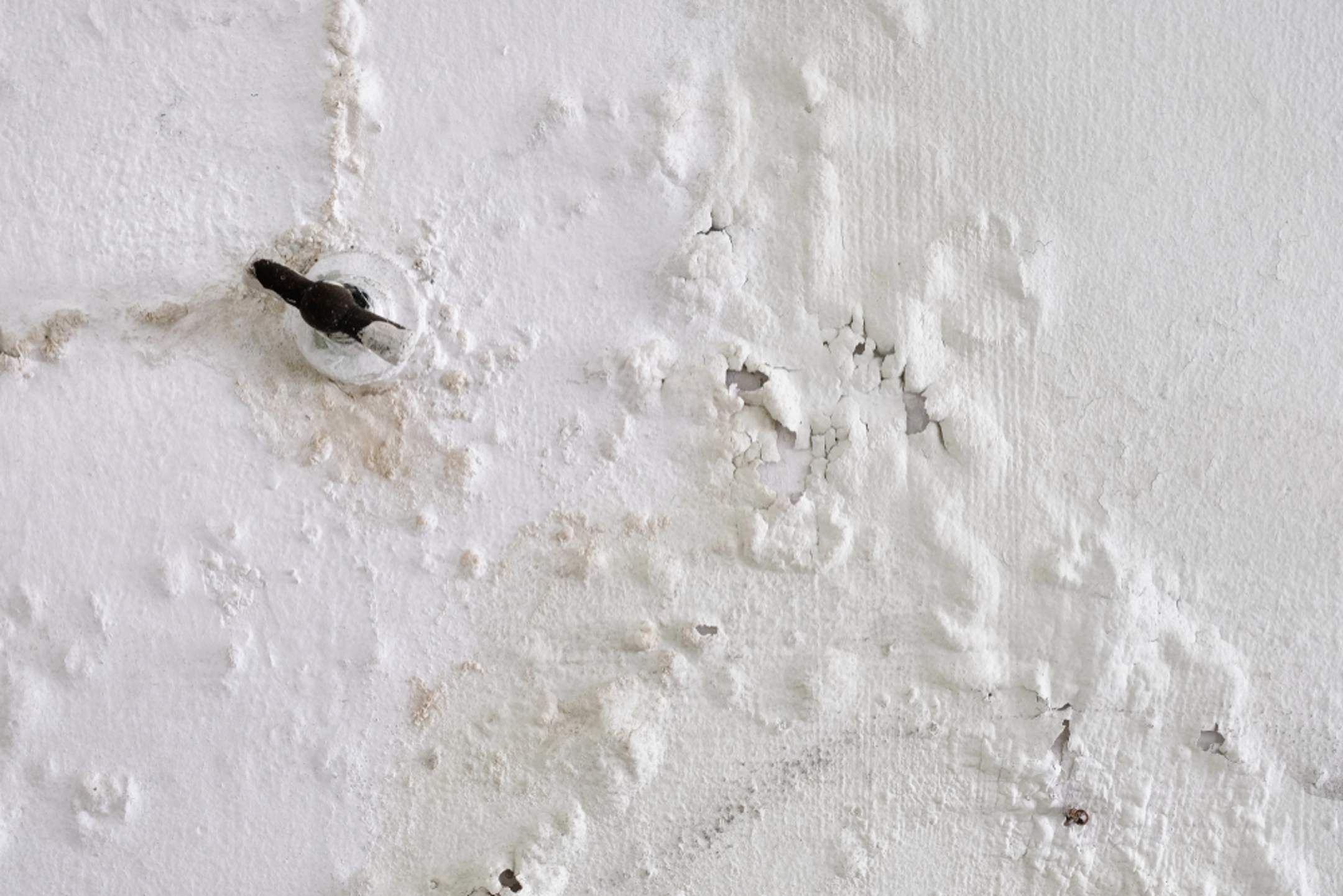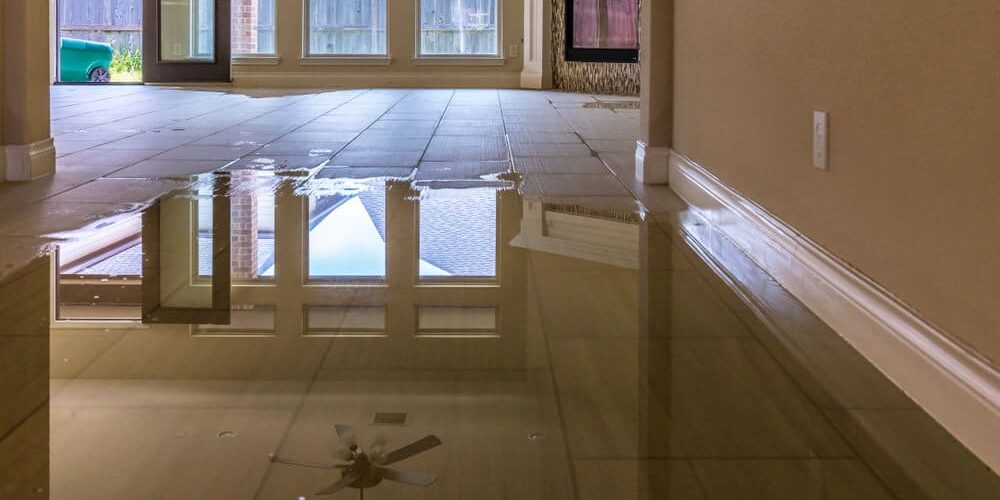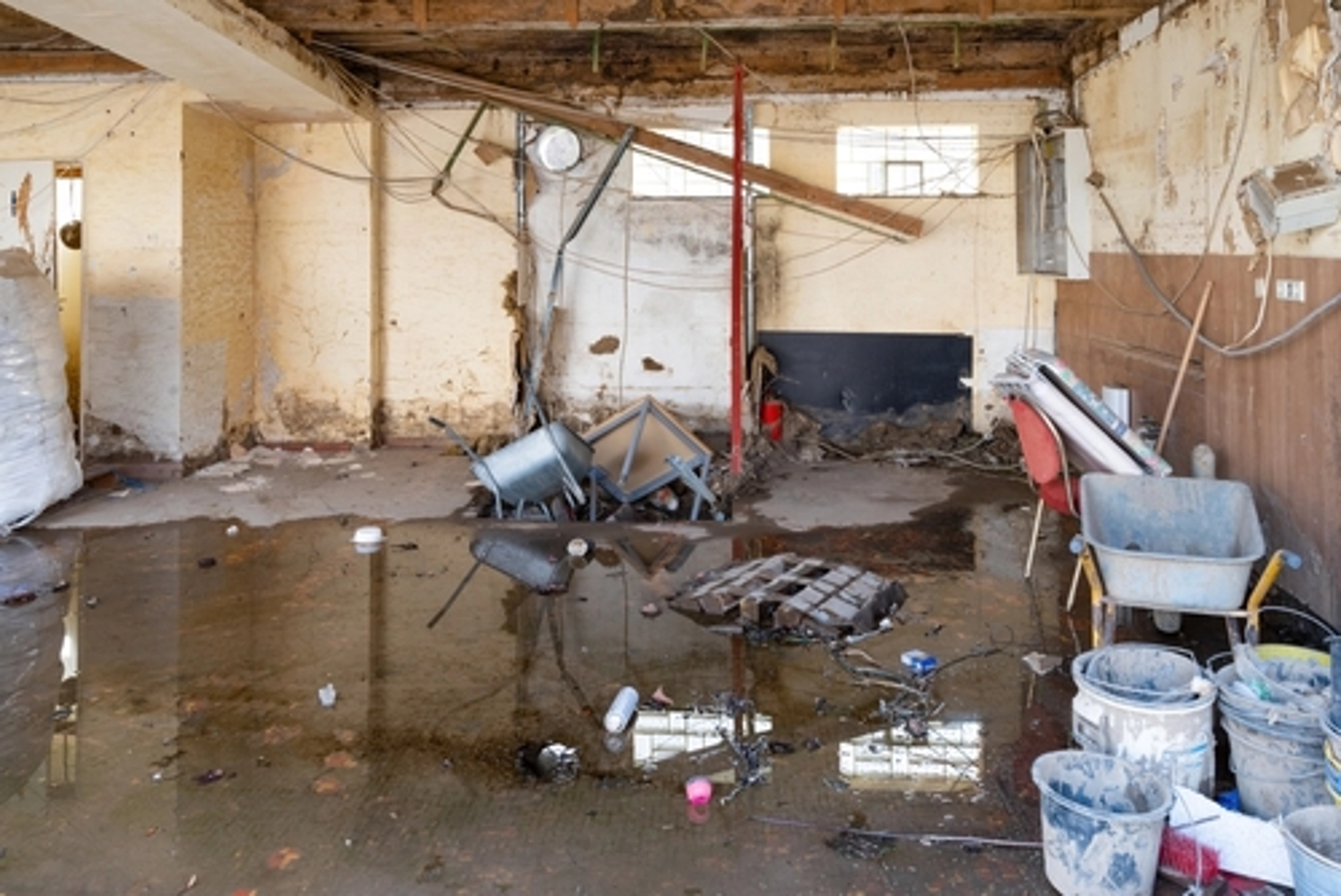Emergency Water Leak Repair to Prevent Further Property Destruction
The Process of Water Damages Cleanup: Ensuring Your Home Is Restored Effectively
Water damages can be a challenging difficulty for property owners, demanding a meticulous and organized clean-up procedure to recover safety and security and functionality. Originally, an extensive assessment is essential to identify the degree of the damages and establish the suitable removal steps. Following this, reliable water removal strategies play a pivotal role in reducing additional damage. The subtleties of drying, sterilizing, and ultimate repair are similarly important and usually overlooked. Understanding these stages can make a significant distinction in the end result of your home's remediation, triggering a closer consider what each action involves.
Assessing the Damage
Upon discovering water damage, the very first step is to extensively assess the extent of the influence. This first analysis is important, as it aids establish the required steps for efficient cleaning and reconstruction. Begin by evaluating the influenced areas, consisting of wall surfaces, ceilings, floorings, and personal possessions, to identify the resource of the water breach, whether from flooding, leaks, or condensation.
Recording the damage is essential for both insurance cases and intending remediation initiatives - damage restoration services. Use photographs and written notes to capture the intensity of the damages, keeping in mind any damaged structural elements and materials. Pay unique attention to locations that may not be quickly noticeable, such as behind walls and under rugs, as concealed wetness can cause additional problems, including mold development
Furthermore, analyze the timeline of the water exposure. Inevitably, a detailed evaluation lays the foundation for an effective water damage cleaning process, guaranteeing that all influenced locations are attended to properly and completely.
Water Removal Techniques

Experts generally utilize completely submersible pumps for larger quantities of water, which can quickly ease flooding in cellars or other impacted locations. For smaller amounts, wet/dry vacuum cleaners are usually made use of to extract residual wetness from carpetings and tough surface areas. In addition, utilizing portable extractors enables targeted elimination in constrained spaces or areas with fragile products.
In instances of contaminated water, such as sewer or floodwater, advanced removal methods might involve using biohazard equipment to make certain safety and security and conformity with wellness policies. High-powered removal devices are vital in minimizing water retention in architectural products, which can bring about mold and mildew growth and architectural wear and tear if not resolved quickly.
Inevitably, the performance of water removal techniques plays a crucial role in the general success of the water damage cleaning process, preparing for subsequent remediation efforts.
Drying and Dehumidification
When standing water has actually been effectively drawn out, the next essential stage in the water damages cleaning procedure is drying out and dehumidification. This action is important to stop additional damages and mold growth, which can take place within 24 to two days in wet environments.
To achieve efficient drying out, customized equipment such as industrial-grade air movers and dehumidifiers is utilized. Air moving companies circulate air across damp surface areas, improving dissipation prices, while dehumidifiers decrease humidity levels in the air, promoting a favorable atmosphere for drying out. The combination of these devices ensures that dampness is extracted from walls, home furnishings, and floors, allowing them to dry extensively.
It is essential to monitor the drying procedure carefully. Professionals hop over to these guys typically utilize dampness meters to evaluate the moisture material in various products, guaranteeing that all impacted locations get to appropriate dry skin degrees. This thorough approach helps to stop hidden dampness pockets that can cause structural damages or harmful mold development.

Cleaning and Disinfecting
After the drying and dehumidification phase is total, the following important action in water damage cleanup is cleansing and sterilizing the influenced areas. This procedure is essential to avoid the development of mold and mildew, bacteria, and other pathogens that prosper in damp settings.
The cleansing phase commonly involves removing any type of debris, dirt, and impurities from surfaces making use of specialized cleaning agents. For tough surfaces, a combination of soap and water or business cleaning products is usually used. Soft products, such as upholstery and carpetings, may need extra comprehensive cleansing techniques, consisting of heavy steam cleaning or deep removal techniques, to make sure thorough sanitation.

Sterilizing adheres to cleaning, using EPA-approved disinfectants to get rid of harmful bacteria. This action is essential, specifically in locations that may have come right into contact with floodwaters or sewage, as these resources can posture serious wellness risks.
Furthermore, it is necessary to deal with any kind of staying odors, which might require making use of smell neutralizers or advanced methods like ozone therapy. Appropriate cleansing and disinfecting not just bring back the security and health of your home yet additionally lay the foundation for effective restoration and repairs in succeeding stages of the water damages clean-up procedure.
Remediation and Repair Work

As soon as the evaluation is complete, repair initiatives can begin. This normally includes repairing or replacing damaged products, guaranteeing that all job follows neighborhood building regulations and standards. As an example, if drywall has actually been endangered, it will require to be removed and replaced with brand-new material. Furthermore, floor covering may require comparable interest, depending on the degree of water exposure.
It is important to involve knowledgeable reconstruction experts throughout this process, as they possess the expertise to take care of complicated repairs effectively. They can assist mitigate prospective future issues, such as mold and mildew development or architectural instability, therefore ensuring a habitable and risk-free living environment. Inevitably, effective repair and repairs bring back the home's stability and enhance its total value.
Verdict
Finally, the process of water damage clean-up is essential for restoring a home to its pre-damage problem. Each phase, from analyzing the damages to implementing reliable water removal strategies, complied with by thorough drying, sanitizing, and required repair services, plays a crucial function in making sure security and conformity with building requirements. Effective execution of these steps not just reduces prompt damage yet additionally improves the lasting integrity and value of the building.
Water damages can be a complicated challenge for property owners, necessitating a precise and organized clean-up process to restore security and capability. Inevitably, an extensive evaluation lays the find foundation for an effective water damages clean-up process, ensuring that all impacted areas are addressed successfully and completely.
Efficient water extraction techniques are necessary in mitigating damage and stopping further problems adhering to a water breach occasion.In final thought, the process of water damages clean-up is crucial for recovering a home to its pre-damage problem. Each stage, from examining the damages to applying effective water removal strategies, followed by extensive drying out, disinfecting, and needed repair services, plays an important function in guaranteeing safety and security and conformity with building standards.